Scientists Fear Catastrophic Environmental Event is Looming Following Recent Discovery
Scientists have long been concerned about the rising sea levels being witnessed around the world, suggesting it may eventually lead to the flooding and sinking of major coastal cities.
Now, researchers’ concerns have been heightened following a groundbreaking study conducted on Greenland’s ice sheets, which suggests the risk of rising sea levels may be more severe than initially thought.
Long-Standing Worries About Rising Sea Levels
Scientists have grown increasingly worried about rising sea levels over the past few centuries, arguing that human-induced climate change is playing a significant role in their rise.
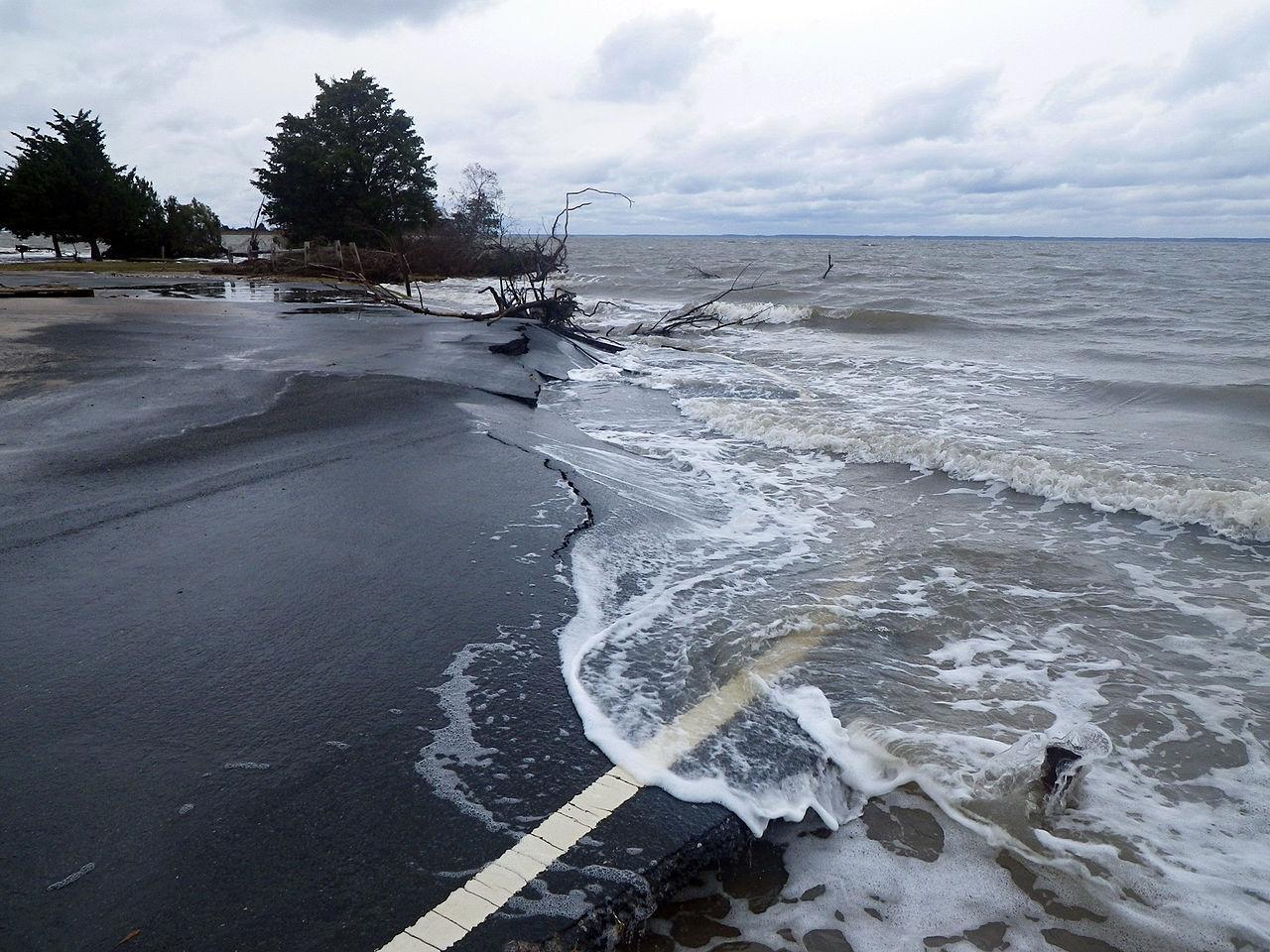
Source: Wikimedia
If this continues, the surface level of oceans could lead to significant flooding in many coastal cities, including those in the US, India, China, and the Netherlands. Many cities may even begin to sink beneath the ocean.
The Entirety of Greenland is Melting
A new study conducted by scientists from the University of Vermont has provided researchers with evidence that suggests the center of Greenland’s ice melted away in the recent geological past.

Source: Wikimedia
The findings produced direct evidence for the first time that the entirety of Greenland’s ice once melted. Previously, it was thought only the edges had melted away during the recent geological past.
Re-examination of Soil
During the study, scientists re-examined sediment recovered from the bottom of a two-mile-deep ice core located at the center of Greenland.

Source: Wikimedia
The samples were collected over three decades ago and stored in a safe facility in the state of Colorado. According to reports, the team was amazed to find the soil still contained insect parts, fungi, willow wood, and even poppy seeds, all in pristine condition.
Greenland Ice Sheet Goes From Bad to Worse
Regarding the fossils discovered during the investigation, Professor Paul Bierman of the University of Vermont (UVM), said: “These fossils are beautiful.”
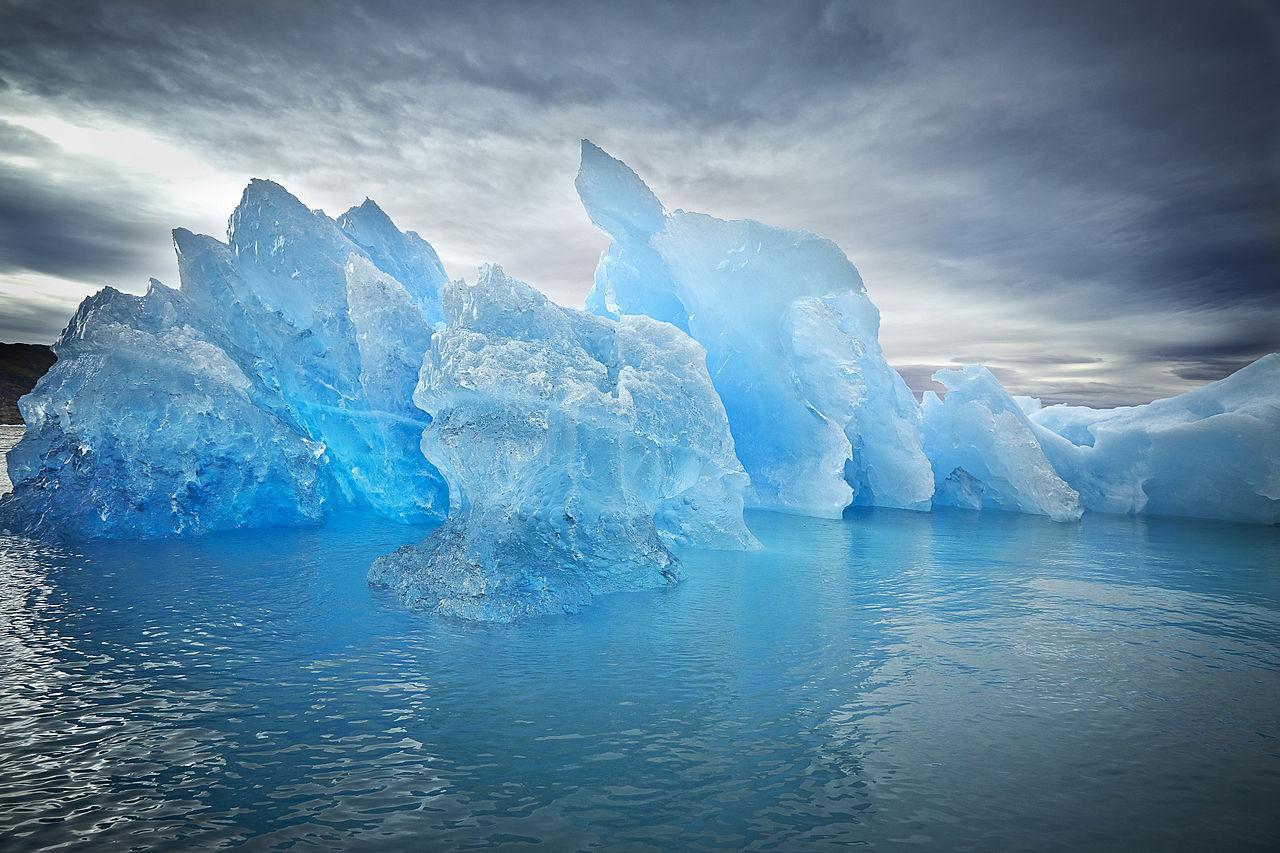
Source: Wikimedia
However, regarding the implication of human-caused climate change and the melting of Greenland’s ice sheet, he added, “We go from bad to worse.”
Greenland’s Ice Sheet is More Fragile Than Previously Thought
The detailed analyses of the Greenland ice sheet have revealed it is more fragile than once thought, which means it could contribute to a faster and more significant rise in sea levels, said the scientists.
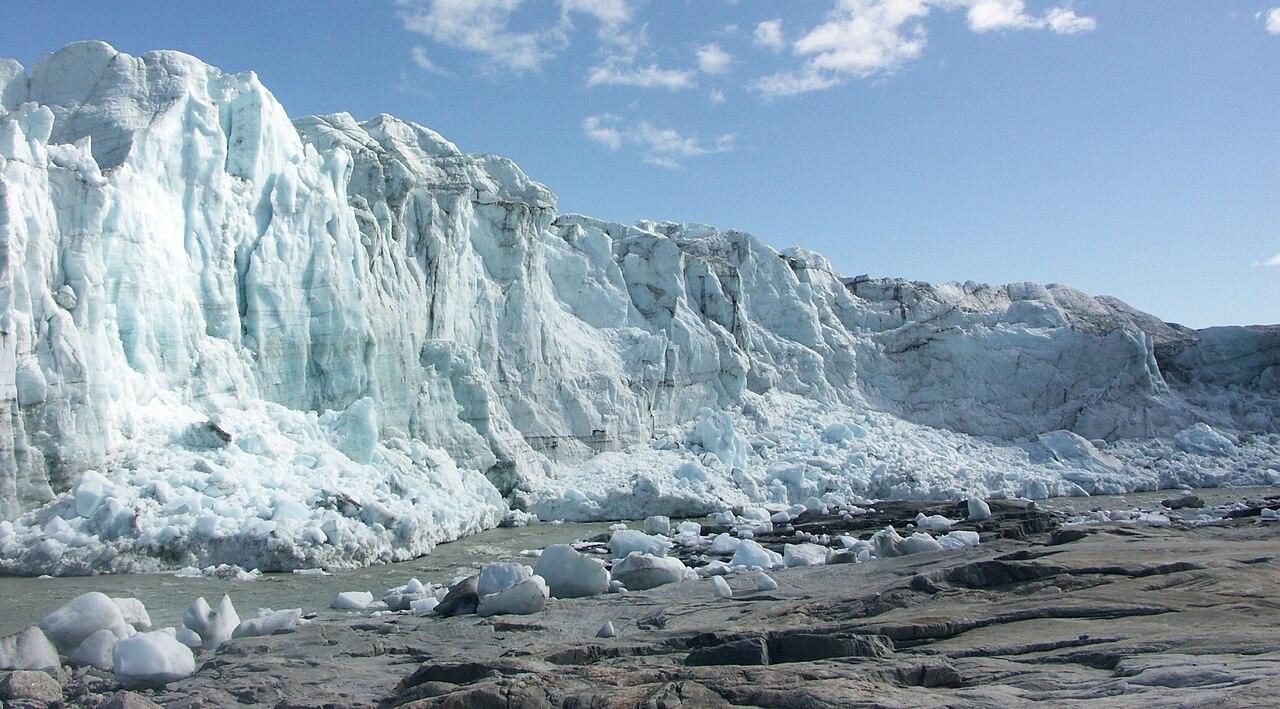
Source: Wikimedia
The researchers claim their study suggests Greenland’s ice has melted away during a warm period witnessed over the last 1 million years.
Grass Begins to Grow on Greenland
Leading climate scientist Professor Richard Alley of Penn State University reviewed the study and suggested it provides humanity with a warning.
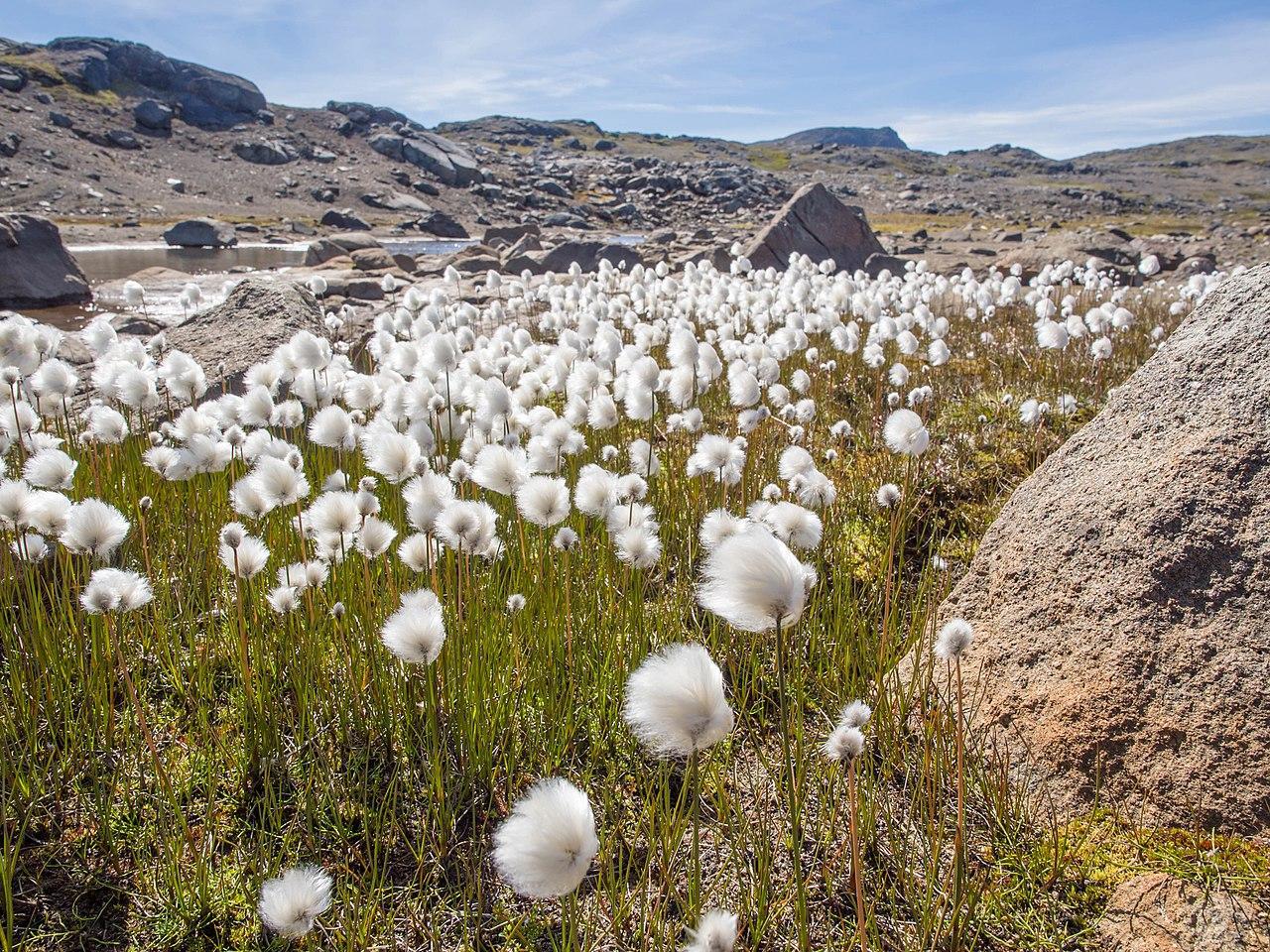
Source: Wikimedia
“This new study confirms and extends that a lot of sea-level rise occurred at a time when causes of warming were not especially extreme, providing a warning of what damages we might cause if we continue to warm the climate,” he said.
Sea Levels Continue to Rise
According to Bierman, sea levels around the world continue to rise by at least an inch annually, and “it’s getting faster and faster.”
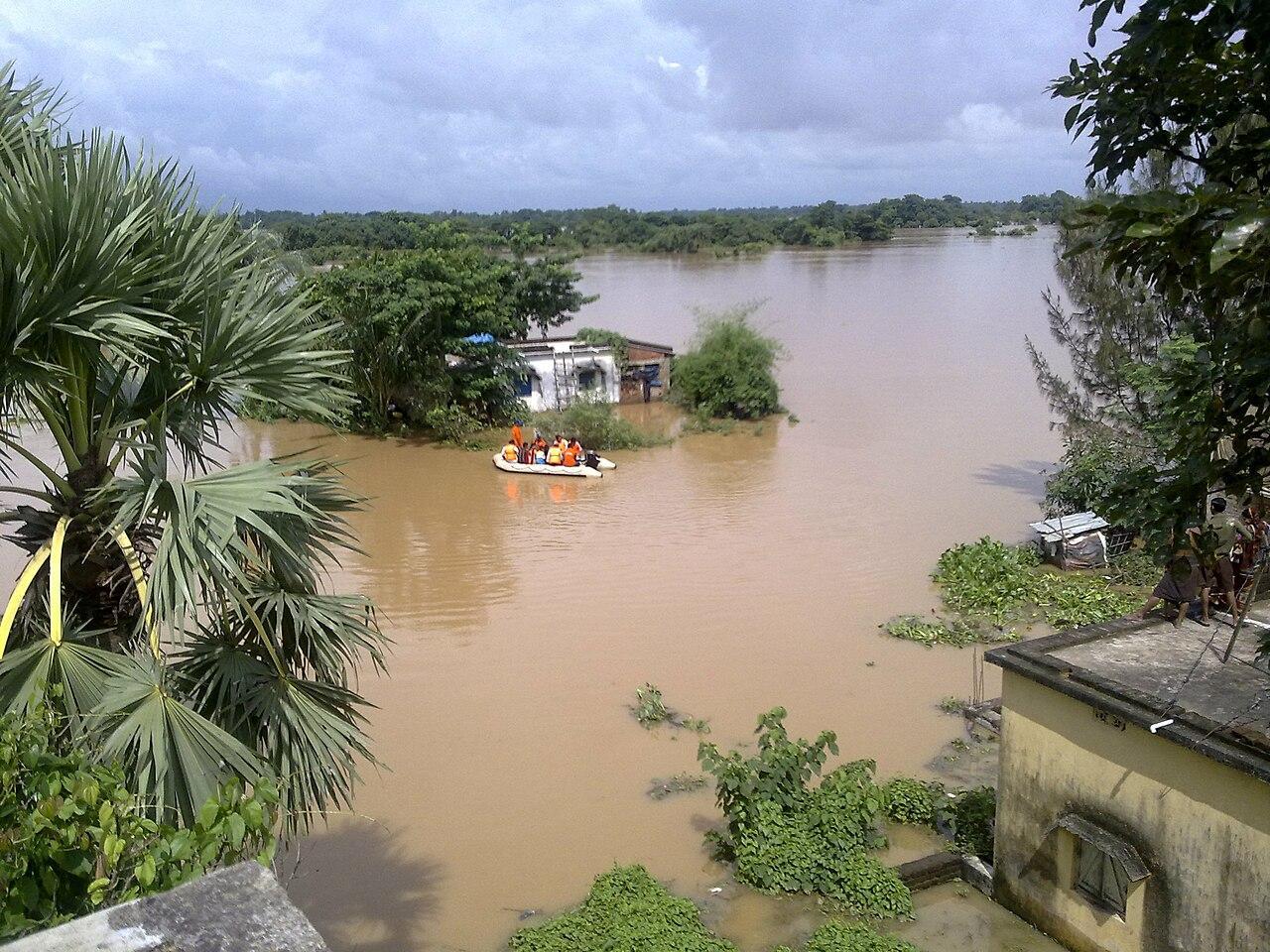
Source: Wikimedia
By the end of the 21st century, the researcher surmises the sea will have risen by several feet, which could pose a serious risk for several coastal cities.
Say Goodbye to Beach Houses
Bierman claims that if humanity continues to burn fossil fuels and release greenhouse gases, the sea could rise by around 23 feet over the next few millennia.

Source: Wikimedia
He added, “Look at Boston, New York, Miami, Mumbai, or pick your coastal city around the world, and add 20-plus feet of sea level. It goes underwater. Don’t buy a beach house.”
Greenland Ice Formed Around 1.1 Million Years Ago
In 2016, a separate group of researchers conducted a study on rocks recovered from the same ice core and published their findings, which were deemed controversial at the time.

Source: Wikimedia
According to their findings, Greenland’s ice sheet is only around 1.1 million years old. This proved to be a major step forward in dismissing the theory that Greenland had been a frozen solid for millions of years.
Greenland’s Ice Began to Melt Around 416,000 Years Ago
Then came the more recent study conducted by Bierman and researchers in 2019, which suggests the ice at the bottom of the core melted as little as 416,000 years ago.
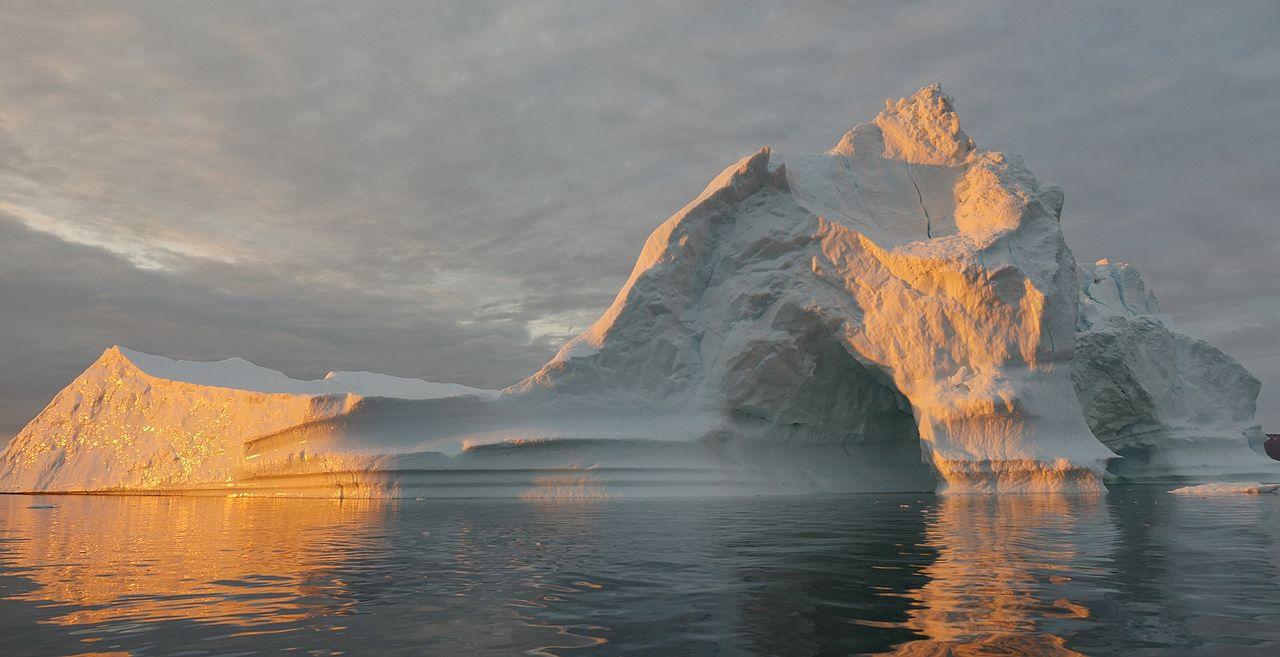
Source: Wikimedia
Bierman said, “We now have direct evidence that not only was the ice gone, but that plants and insects were living there… And that’s unassailable. You don’t have to rely on calculations or models.”
The Landscape of the Tundra
Co-author of the study, Halley Mastro, detailed how the findings shed valuable insight into the tundra landscape.

Source: Wikimedia
Using a microscope to examine the soil, she said, “We found Arctic poppy, just one seed of that. That is a tiny flower that’s really good at adapting to the cold. It lets us know that Greenland’s ice melted, and there was soil because poppies don’t grow on top of miles of ice.”
